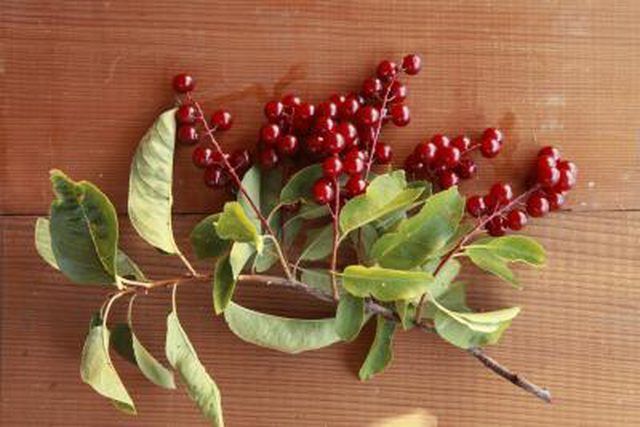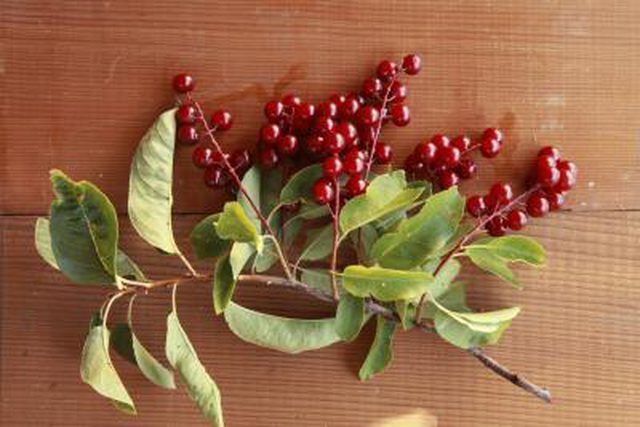Bulbs
Flower Basics
Flower Beds & Specialty Gardens
Flower Garden
Garden Furniture
Garden Gnomes
Garden Seeds
Garden Sheds
Garden Statues
Garden Tools & Supplies
Gardening Basics
Green & Organic
Groundcovers & Vines
Growing Annuals
Growing Basil
Growing Beans
Growing Berries
Growing Blueberries
Growing Cactus
Growing Corn
Growing Cotton
Growing Edibles
Growing Flowers
Growing Garlic
Growing Grapes
Growing Grass
Growing Herbs
Growing Jasmine
Growing Mint
Growing Mushrooms
Orchids
Growing Peanuts
Growing Perennials
Growing Plants
Growing Rosemary
Growing Roses
Growing Strawberries
Growing Sunflowers
Growing Thyme
Growing Tomatoes
Growing Tulips
Growing Vegetables
Herb Basics
Herb Garden
Indoor Growing
Landscaping Basics
Landscaping Patios
Landscaping Plants
Landscaping Shrubs
Landscaping Trees
Landscaping Walks & Pathways
Lawn Basics
Lawn Maintenance
Lawn Mowers
Lawn Ornaments
Lawn Planting
Lawn Tools
Outdoor Growing
Overall Landscape Planning
Pests, Weeds & Problems
Plant Basics
Rock Garden
Rose Garden
Shrubs
Soil
Specialty Gardens
Trees
Vegetable Garden
Yard Maintenance
Identification of the Leaf of a Berry Plant or Bush
Identification of the Leaf of a Berry Plant or Bush. There are hundreds of species of berry plants and bushes, all which have unique leaf anatomy. When trying to identify a berry plant or bush, keep in mind a few characteristics of the leaves in order to narrow down the possibilities. Though there are other factors that can help identify a berry...
There are hundreds of species of berry plants and bushes, all which have unique leaf anatomy. When trying to identify a berry plant or bush, keep in mind a few characteristics of the leaves in order to narrow down the possibilities. Though there are other factors that can help identify a berry plant or bush, such as berries and twigs, leaves are a primary source of information.

Berry plant leaves and bushes come in two major arrangements: alternate and opposite. Alternate leaf arrangement means one leaf on the right side of the stem will be followed by a leaf directly above it on the left side in an alternate pattern. Opposite leaf arrangement means the leaves are directly opposite each other along the stem.
The common chokeberry, or Prunas virginiana, is an example of the alternate pattern, while the highbrush cranberry, or Viburnum trilobum, is an example of the opposite arrangement.

Leaves can be single or compound. A single leaf grows from the petiole, or where the stalk of the leaf meets the stem. A compound is a group of leaflets—which may resemble an entire leaf but grows from the vein of the leaf instead of the stem—that is connected to the same leaf stalk, which is then connected to the stem. Compounds can have any number of leaflets. The skunkbush sumac, or Rhus trilobata, has a three-leaflet compound and the flame leaf sumac, or Rhus copallina, can have nine to 21 leaflets.
The size of a leaf is important to identifying the bush or shrub. A berry bush leaf will typically grow to around one to three inches long, though some of the larger leaves can get to around five inches.
The amur privet, or Ligustrum amurense, grows leaves around one to two inches, while the nannyberry, or Viburnum lentago, has leaves of about two to five inches.
Leaf shape varies quite a bit. Berry bush leaves can be simple elliptical shapes, multi-lobed—where the edges of a leaf make ridges that do not reach the veins—tooth-edged, spoon-shaped, lanceolate, or lance-shaped, and point-tipped—where the elliptical shape comes to a sharp point at the tip.
The common chokeberry has a simple elliptical shape, whereas the nannyberry is point-tipped. The highbrush cranberry is a three-lobed leaf, the elderberry, or Sambucus Canadensis, is tooth-edged, the deciduous holly, or Ilex decidua, is spoon-shaped, and the flame leaf sumac is lanceolate.
There are two main types of veins, or venation, in a simple leaf, whereas a compound leaf has three main types. The vein that connects the leaf to the stem at the petiole is called the main vein. Each vein running off this main source is called a secondary vein. In a compound, the vein connecting the compound to the stem is called the rachis, the branches of the rachis that run the length of the leaflet are known as the main vein and the veins branching off the main vein of the leaflet are known as secondary veins.
The direction of the veins is also important, as most branch toward the edge but some run parallel to the edge of the leaf. The deciduous holly is an example of a normal, branched-veined leaf, whereas the redosier dogwood, or Curnus stolonifera, has parallel-running veins.
The color of a leaf is also important to identifying a berry bush leaf. Though most leaves are green to dark-green, some leaves can be multicolored. That is, one side, typically the top side, is darker, while the underside is lighter.
Most leaves are smooth, though some may be rough, hairy and thorny.
The autumn olive, or Elaegnus umbellate, is dark green on top with a silvery-green underside, and the hedge cotoneaster has a hairy underside.